Cranial Cruciate Ligament Disease
Cranial cruciate ligament disease. Rupture of the cranial cruciate ligament CCL can present either as an acute lameness with the characteristic toe-touching gait or as a chronic lameness that was pronounced initially improved with rest but never completely resolved 12. Unlike humans this tear is often the result of subtle slow degeneration that has been taking place within the ligament rather than the result of trauma to an otherwise healthy ligament. The knee cap or Patella sits within the patellar ligament and is attached to the tibia by the patellar tendon.
CrCL deficiency results in both translational and rotational instability of the stifle joint that leads to the development of the degenerative joint disease. Compared with crossbred dogs Rottweilers West Highland White Terriers Golden Retrievers Yorkshire Terriers and Staffordshire Bull Terriers showed increased odds of CCL disease. The orthopedic examination should begin by approaching the standing animal from behind.
The cranial cruciate ligament is one of the ligaments that provide essential support to the stifle knee which is referred to as the stifle joint in animals. You may hear veterinarians refer to this injury as an ACL tear which is an adaptation from human orthopedics but the terms are often used interchangeably. CRANIAL CRUCIATE LIGAMENT DISEASE Cranialcruciateligamentruptureisoneofthemost commoncausesofhindlimblamenessinthedogand themajorcauseofdegenerativejointdisease arthritisinthestiflejoint FunctionoftheCrCLligament ThecranialcruciateligamentCrCLprovidesstability.
Univariate and multivariate logistic regression methods were used to evaluate association of possible risk factors with diagnosis of CCL disease. It is a band of tough fibrous tissue that attaches the femur thigh bone to the tibia shin bone preventing the tibia from shifting forward relative to the femur. There are various operations available including a osteotomies such as TPLO and TTA in which bone is cut and realigned so that the joint no longer gives way on loading and b extracapsular repair such as the lateral fabello-tibial suture technique in which wire or strong suture material is used to hold the joint stable.
Dogs like humans often rupture this ligament that is more properly called the cranial cruciate ligament CrCL in dogs. In humans the CCL is called the anterior cruciate ligament or ACL. It is the joint between the large upper thigh bone the femur and the two lower leg bones tibia and fibula A ligament is a band of connective or fibrous tissue that.
The CCL is a ligament inside the knee that functions to prevent the tibia shin bone. The cranial cruciate ligament known as the anterior cruciate ligament or ACL in humans is one of several ligaments in the stifle knee that connect the femur thigh bone to the tibia shin bone. Surgery is usually advised for cranial cruciate ligament disease.
1 prevent cranial displacement of the tibia in relation to the femur cranial drawer sign 2 prevent. Cranial cruciate ligament injuries are the most common culprits for hind limb lameness in canine patients.
Many surgical treatments have been described that aim to restore stifle joint stability and minimize the progression of subsequent osteoarthritis.
Surgery is usually advised for cranial cruciate ligament disease. Cranial cruciate ligament disease CrCLD is a leading cause of lameness in the dog. Prevent the tibia from sliding forward in. Canine cranial cruciate ligament CCL disease is the most common orthopedic injury seen in dogs. The orthopedic examination should begin by approaching the standing animal from behind. The meniscus Figure 1 is a cartilage-like structure that sits in between the femur and the tibia thigh and shin bones. The joint pathology including the complex of biologic and biochemical events that lead to. The CCL has 3 main functions. Cranial Cruciate Ligament Disease.
Compared with crossbred dogs Rottweilers West Highland White Terriers Golden Retrievers Yorkshire Terriers and Staffordshire Bull Terriers showed increased odds of CCL disease. Many surgical treatments have been described that aim to restore stifle joint stability and minimize the progression of subsequent osteoarthritis. Unlike humans this tear is often the result of subtle slow degeneration that has been taking place within the ligament rather than the result of trauma to an otherwise healthy ligament. Compared with crossbred dogs Rottweilers West Highland White Terriers Golden Retrievers Yorkshire Terriers and Staffordshire Bull Terriers showed increased odds of CCL disease. The joint pathology including the complex of biologic and biochemical events that lead to. Univariate and multivariate logistic regression methods were used to evaluate association of possible risk factors with diagnosis of CCL disease. Cranial Cruciate Ligament Disease ACL By Dr.

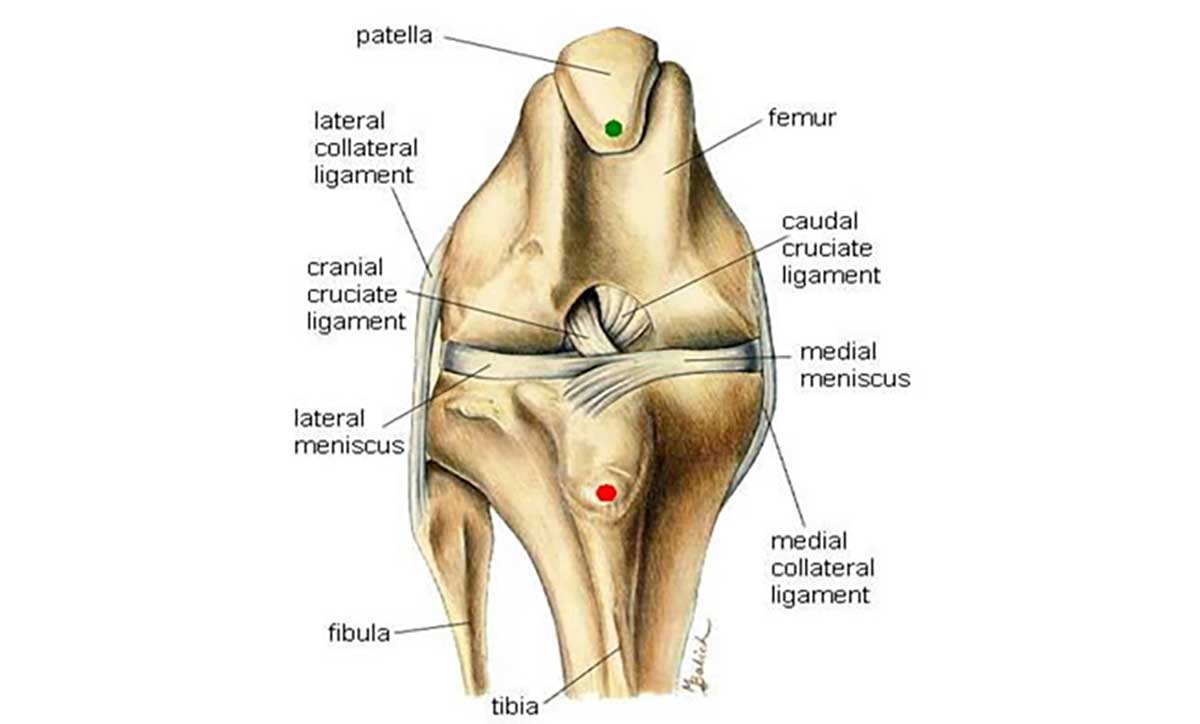


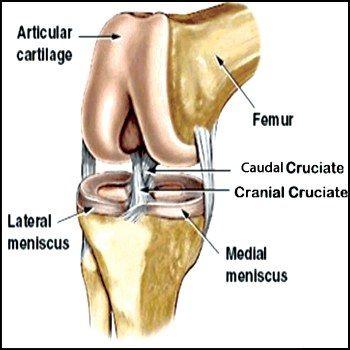
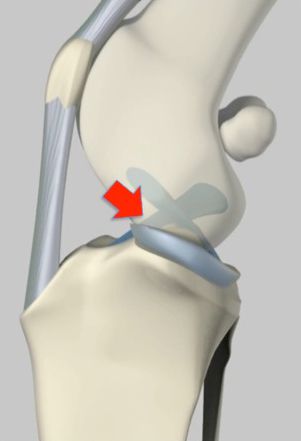
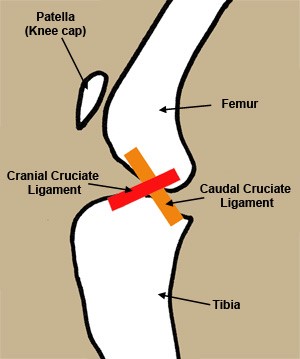



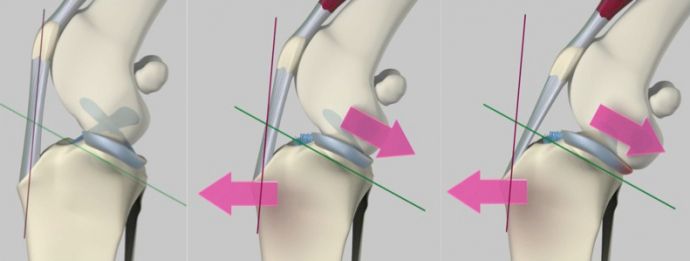






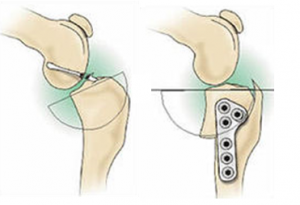

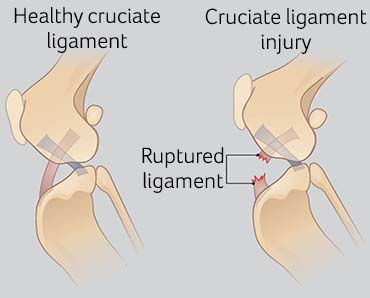



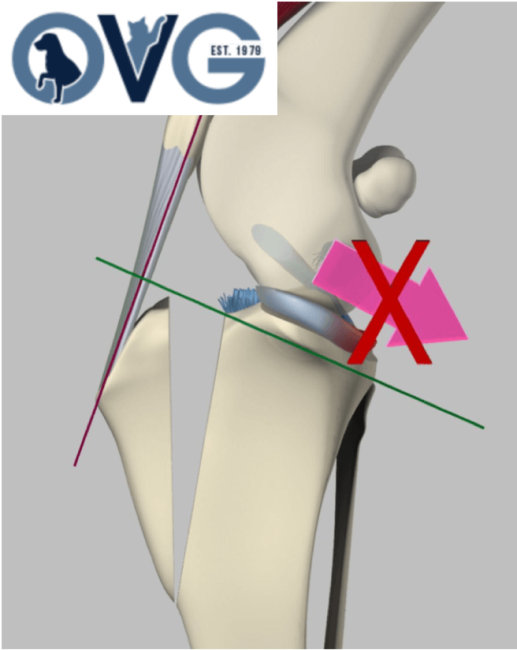


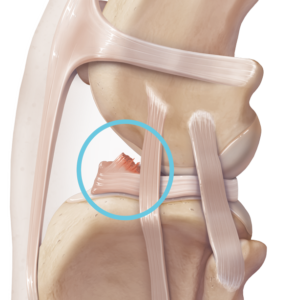

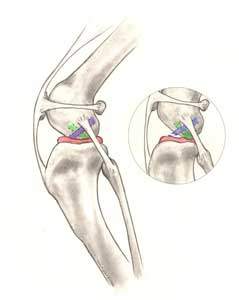
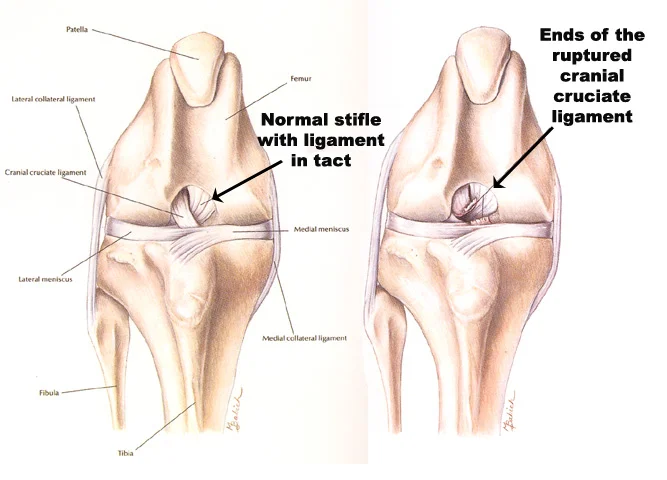




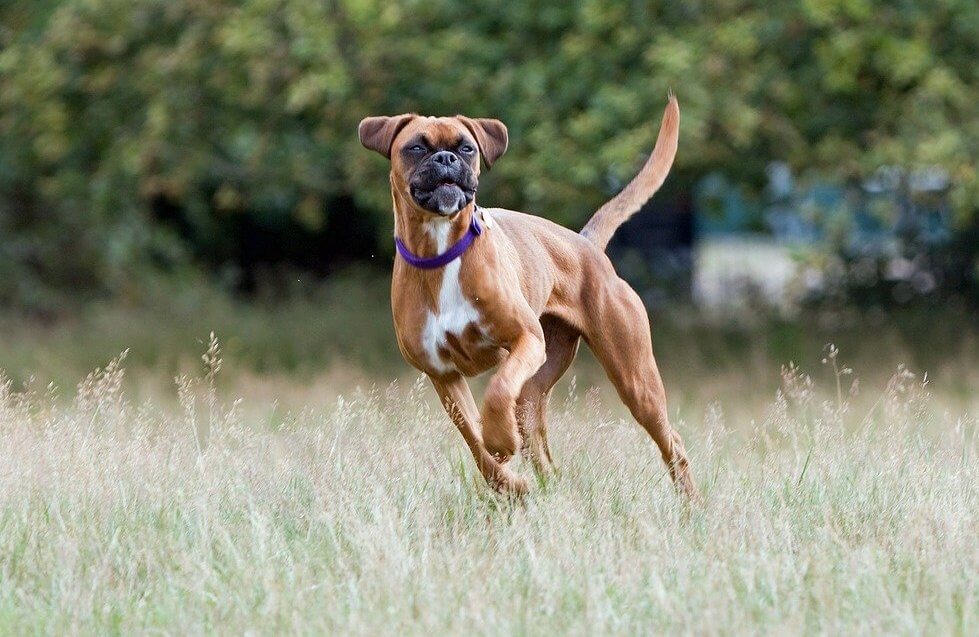






Posting Komentar untuk "Cranial Cruciate Ligament Disease"